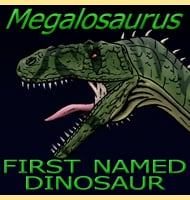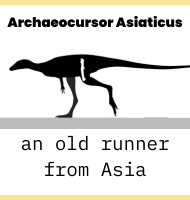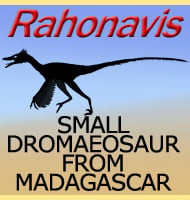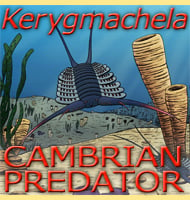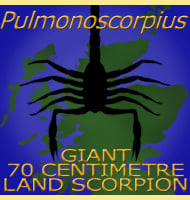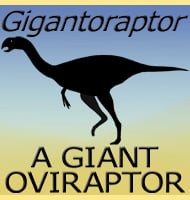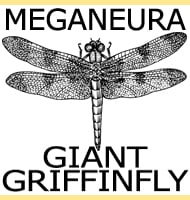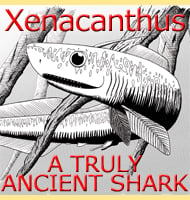In Depth
Emydops is a genus of small dicynodont that lived across South Africa to India during the Late Permian. One notable observation about the genus is that while some skulls have tusks, others actually lack them.
Further Reading
- A new species of Emydops (Synapsida, Anomodontia) and a discussion of dental variability and pathology in dicynodonts. - Journal of Vertebrate Paleontology 28 (3): 770–787. - J. Fr�bisch & R. R. Reisz - 2008.

